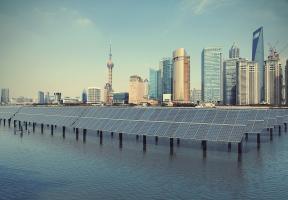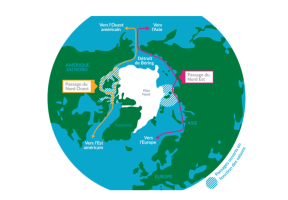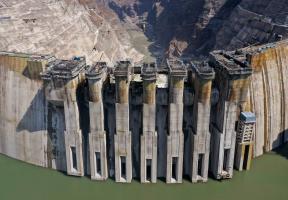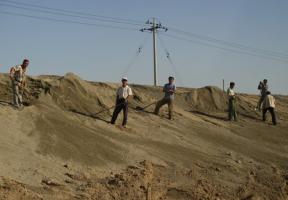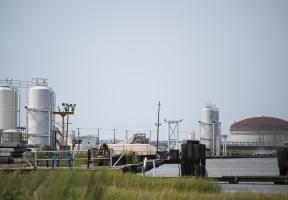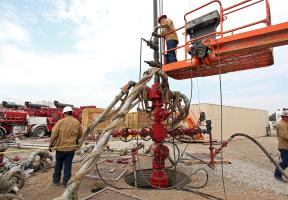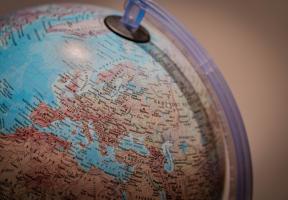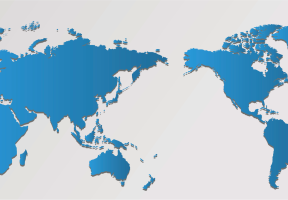Russia and Energy
5 min read
With , natural gas and nuclear resources, Russia remains a major energy player sitting between Europe and Asia on the geopolitical world map.
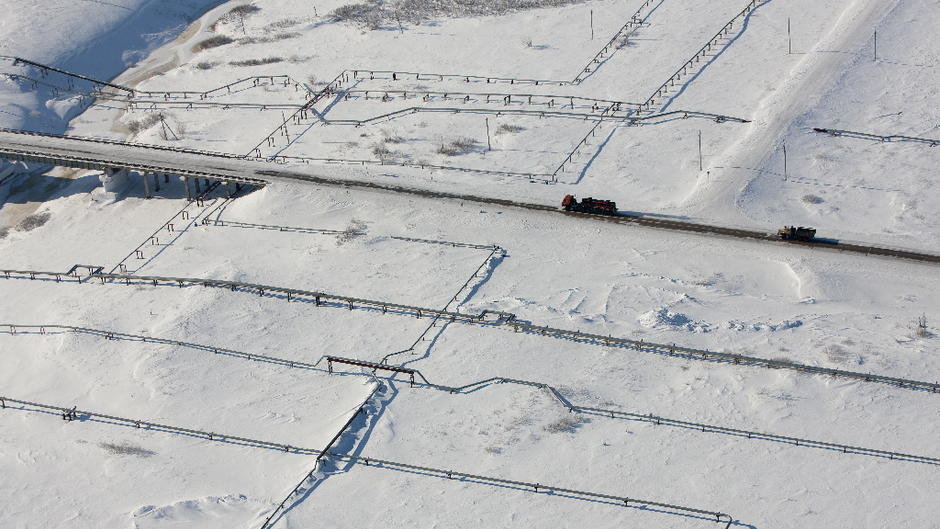
1. Pipelines, a Symbol of Russia's Energy Wealth
As a large-scale supplier of oil and gas thanks to its immense Eurasian reserves, Russia has developed extensive, cross-country energy transportation networks, stretching from snow-covered Siberia to the wide plains of Central Asia and European Russia. This photo shows interconnected pipelines carrying oil from the Kharyaga field.

2. The West Is Closing Off...!
Russia’s military invasion of Ukraine in February 2022 led Europe to gradually shut itself off from Russian oil and gas imports. Before the conflict, the European Union (EU) relied on Russia for more than 40% of its energy supplies. The EU now aims to end all Russian energy imports by 2027.
The two major pipelines — Nord Stream 1 and Nord Stream 2 — that carried gas to Germany under the Baltic Sea, were shut down and even sabotaged in September 2022. The image of the Nord Stream 1 receiving station behind closed gates has become symbolic of this shift.
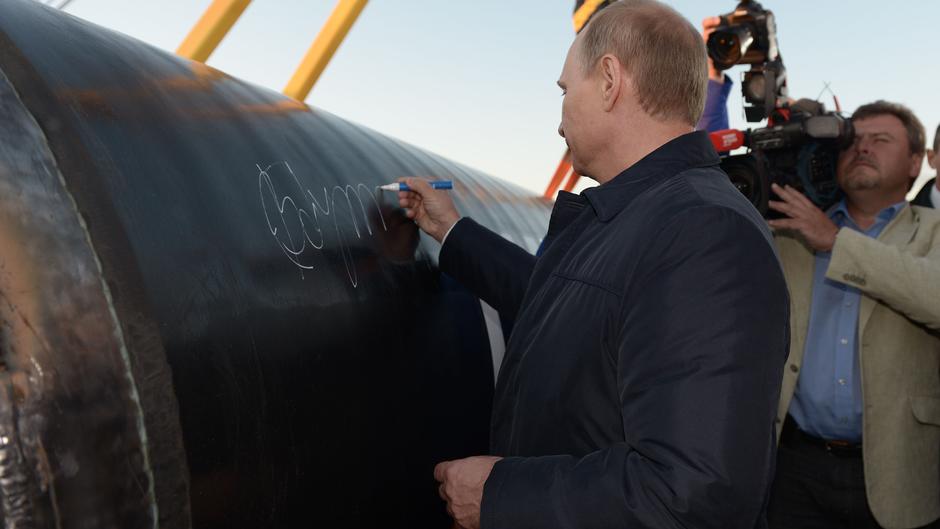
3. Russia Needs to Sell its Hydrocarbons
China, with its massive energy demand driven by economic growth, is a highly attractive market. For over 20 years, Moscow has been seeking to increase its energy exports to China, and to strengthen its pipeline network in that direction.
Russian President Vladimir Putin (pictured) launched the construction of a major eastern pipeline as early as 2014 — the Power of Siberia — which entered service in 2019. Stretching 4,000 km, it runs from the Lake Baikal region to northern China.
Moscow would like to initiate a second pipeline connection, but Beijing is keen to diversify its sources of supply.
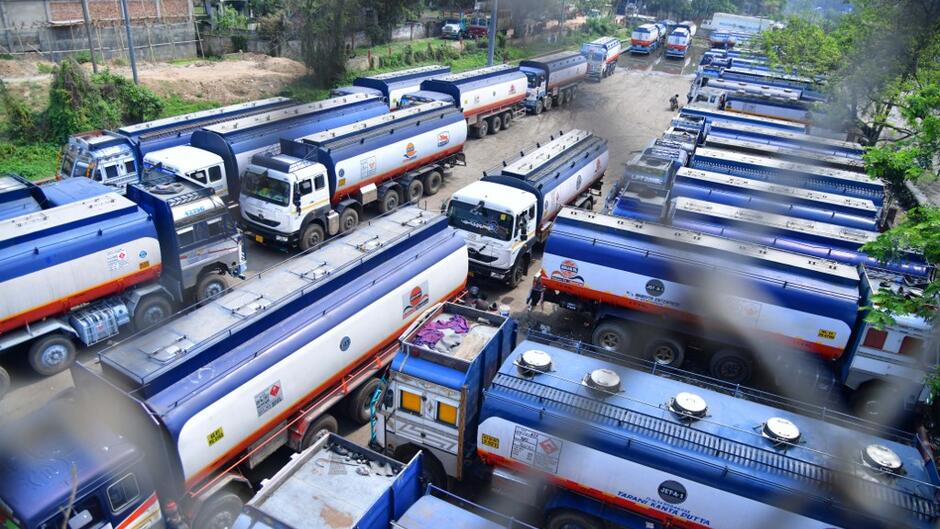
4. And Toward the South!
Russia has also redirected its energy exports southward, toward the Indian subcontinent. Since 2022, India has significantly increased its purchases of Russian oil and gas.
In the image, trucks are lined up in front of the Guwahati refinery operated by Indian Oil Corporation. In March 2023, Russian oil giant Rosneft announced a major agreement aimed at boosting oil deliveries to the Indian firm.
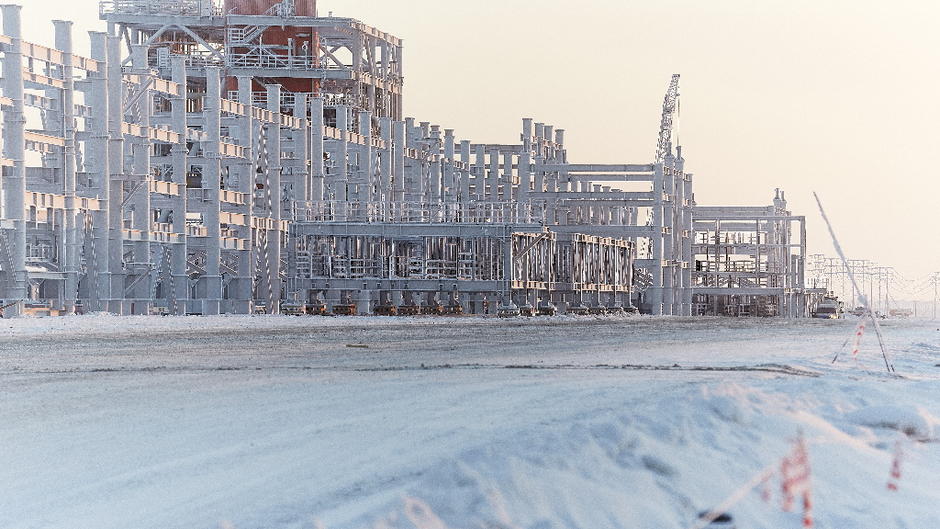
5. Russia and the Rise of Liquefied Natural Gas (LNG)
Russia has also had to adapt to the development of LNG, which can be shipped and is therefore more flexible than pipeline gas. The country has started building large units. This November 2015 photo shows the Yamal construction site, located above the Arctic Circle.
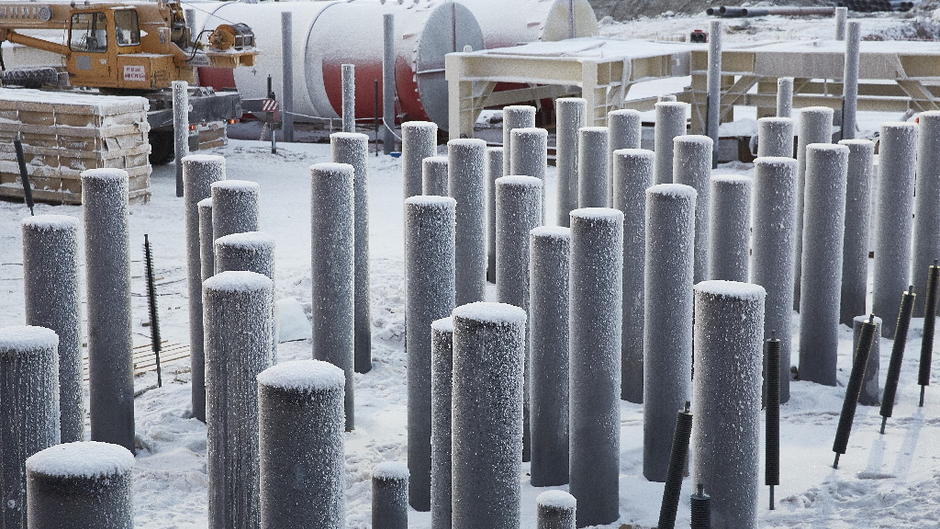
6. Extreme Conditions
Heavy-duty technology is required in the Arctic north, where the ground is frozen year round and temperatures reach as low as –40°C. At the Yamal site, steel piles (shown here) had to be bored 20 meters into the to find ground solid enough to support the gas liquefaction plant buildings. The project is being carried out by Novatek, Russia’s No. 2 gas producer.
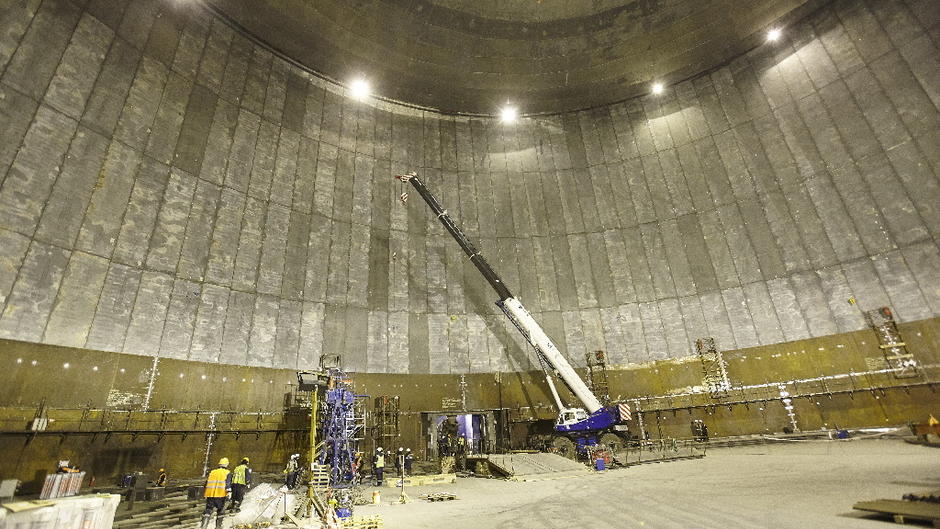
7. Colossal Construction Sites
Once natural gas has been liquefied, it must be stored in enormous tanks. Here, builders on the Yamal construction site are shown working inside one such tank.
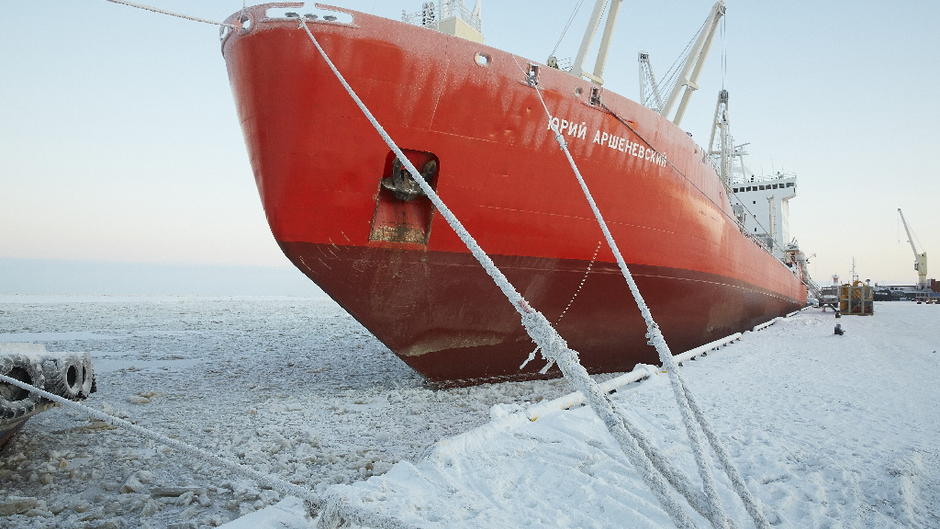
8. LNG Carriers in Frozen Seas
In its liquid state, gas can be shipped on board specially designed LNG carriers. On the Yamal Peninsula, these vessels berth at the port of Sabetta, where the water is frozen for most of the year. The cargo is shipped along the eastern route toward Asia in the summer and via the more open western route toward Europe in the winter.

9. Icebreakers Opening the Arctic Routes
Russia boasts a sizeable fleet of icebreakers, which ensure its power in the arctic, including a second nuclear-powered vessel put to sea in the summer of 2016. The fleet is designed to open the Northern Sea Route and enable ships, especially oil tankers, to reach Asia without sailing around Africa. This photo shows the Valetta oil tanker taking the route for the first time in February 2015.
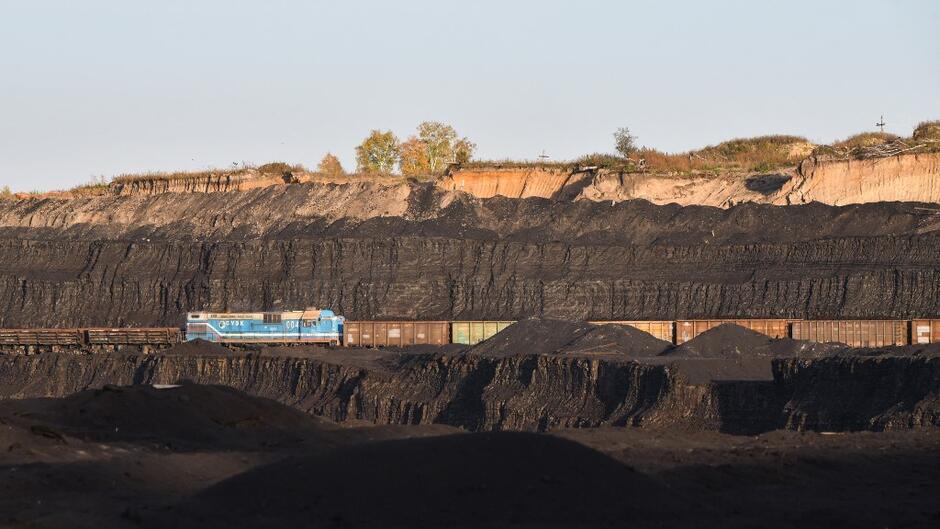
10. Large Reserves of Coal and Rare Metals
Russia is a major producer, ranking sixth in the world. It holds the second-largest coal reserves globally, behind the United States, particularly in the Far North and Siberia.
In the image, you can see Russia’s largest open-pit mine, located in Borodino, Eastern Siberia. The stretches 7 kilometers long and 2 kilometers wide. The , clearly visible here, reaches up to 100 meters in height in some areas.
Russia’s soil also contains significant reserves of rare metals.
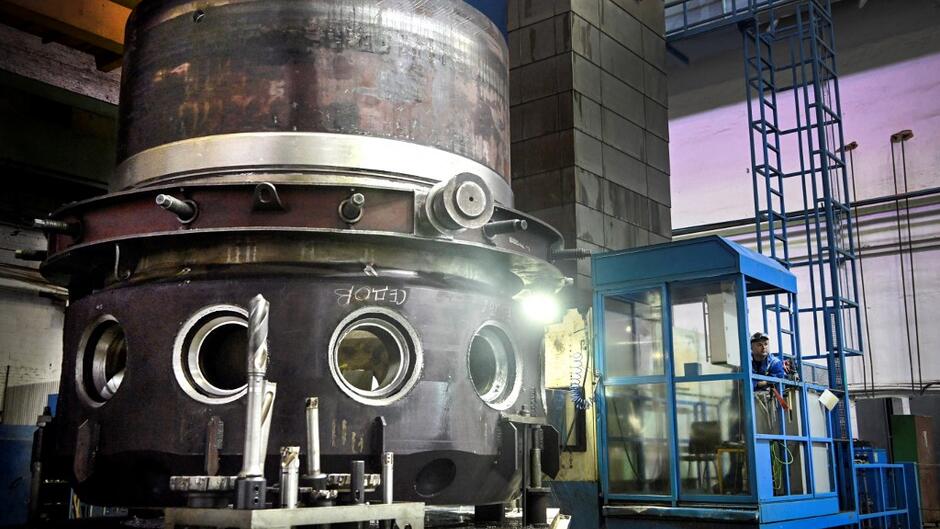
11. Russia, a Major Exporter of Civilian Nuclear Technology
Despite the sanctions imposed since its invasion of Ukraine, Russia — through its state-owned company Rosatom — continues to dominate the international nuclear market. It sells turnkey nuclear power plants to countries such as China, India, Egypt, Turkey, Slovakia, and others.
Russia is also investing in small modular reactors (SMRs), which can be deployed on ships, among other uses. In the photo, a RITM-200 reactor is being manufactured for Russia’s fleet of icebreaker vessels at the Podolsk plant near Moscow.
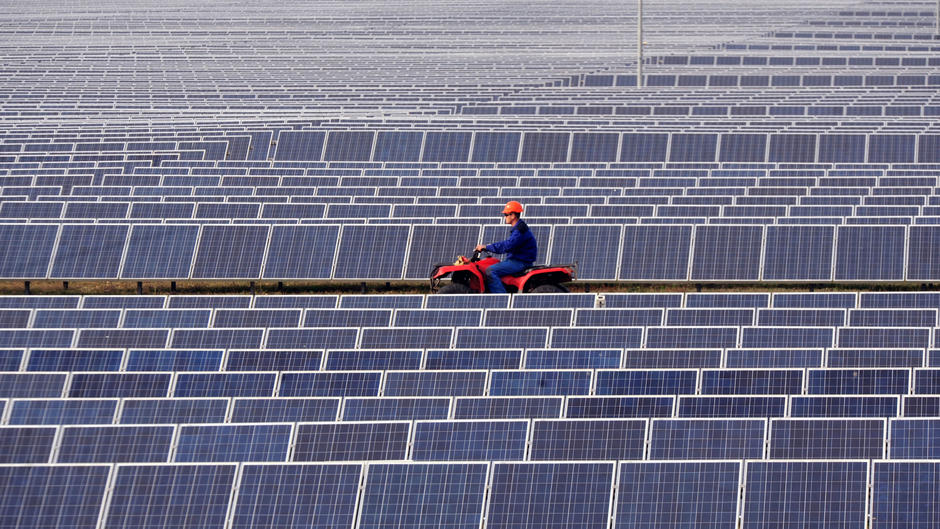
12. The Emergence of Solar Power... In the North and the South
Russia has enormous solar potential. For now, it makes relatively little use of this energy source, despite having launched several developments in Siberia’s Sakha Republic and in the south. Although now under Russian rule again, Crimea still partly depends on Ukraine to meet its energy needs. A solar farm has been set up on the outskirts of Simferopol, the capital, to secure supply (shown here).
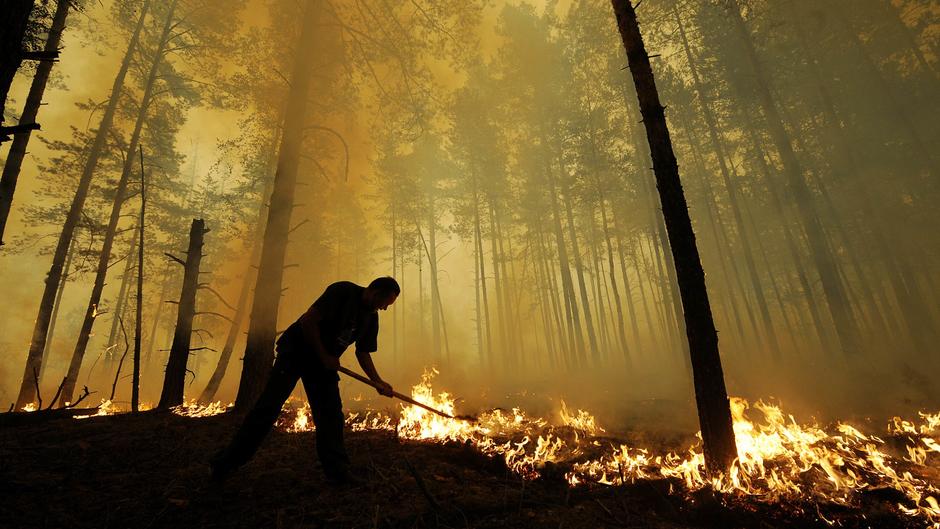
13. The Threat of Global Warming
Russia’s extensive forests form a sizeable , an asset that Moscow intends to leverage to achieve its climate objectives. These plans could, however, be upset by the serious and sometimes poorly managed threat of widespread forest fires, which burn from just outside Moscow to the far reaches of Siberia and are increasingly being caused by drought. Shown here is a fire in the Ryazan region, located 180 kilometers southeast of Moscow.
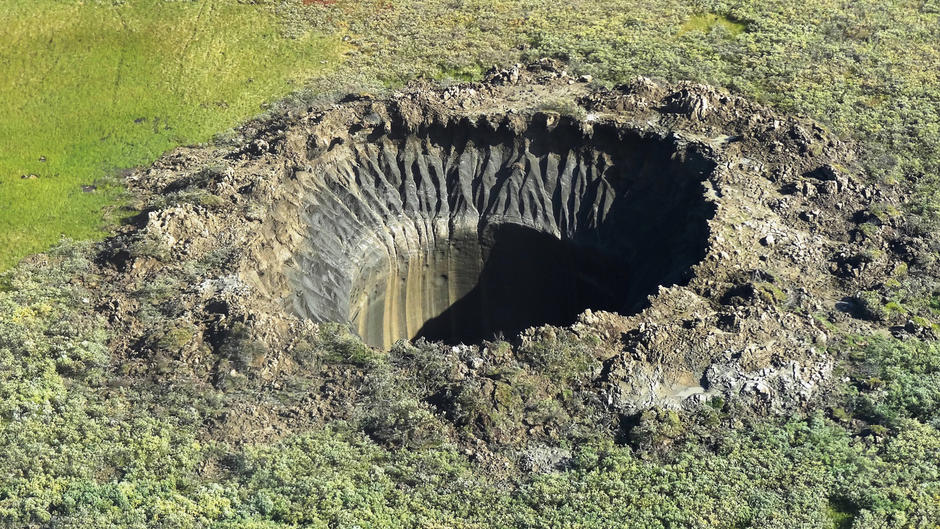
14. Permafrost Degradation
is also responsible for the melting of the far north’s frozen soil, or permafrost. This phenomenon presents several risks, such as viruses and underground gases being released into the atmosphere. Seven giant craters have appeared on the Yamal Peninsula, and experts have attributed their existence to melting permafrost.
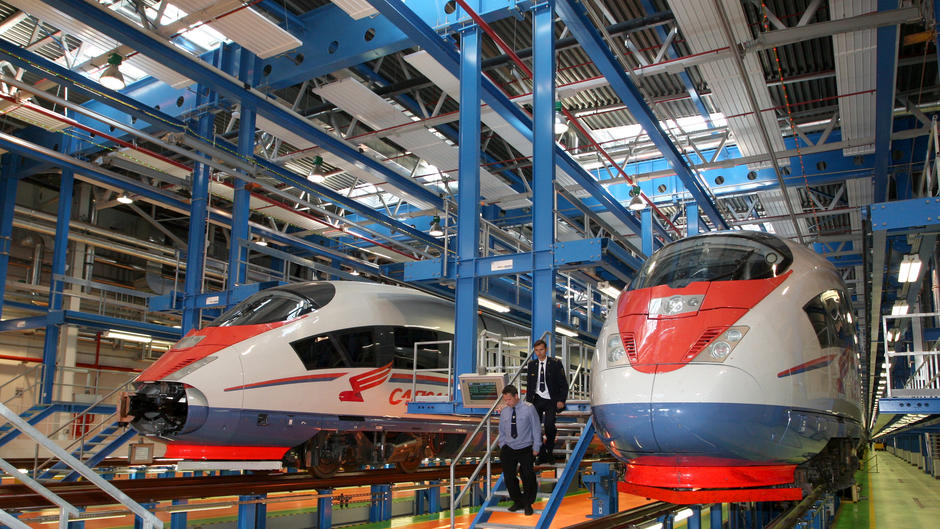
15. High-speed Trains Through Siberia
Russia has started to develop its rail network with its high-speed Sapsan train (shown here), which already connects Saint Petersburg and Moscow. A more ambitious project currently being planned involves extending the network eastward, first with an 8,000-kilometer Moscow-to-Kazan leg and then, in the next stage, on to Beijing with the support of China’s extremely advanced high-speed train technology. Beijing would then be just two days from Moscow by train, instead of six.
 Geopolitics of energy
Geopolitics of energy
See all
